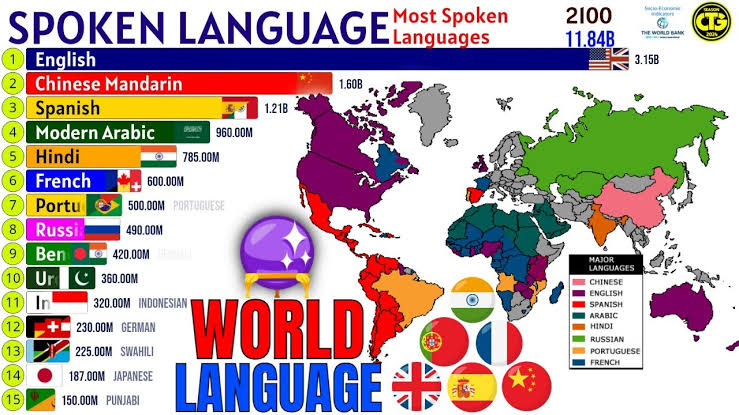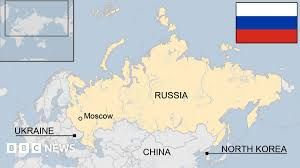Language is one of the most powerful instruments for human connection, and it plays a significant role in the formation of civilizations, economics, and communication everywhere in the world. In the year 2025, the languages that are spoken the most around the world continue to continue to reflect history, migration, and the influence of technology. There are millions of people who speak these languages as their native tongue, and in addition, they are used as second languages or official languages in a number of different places. These languages are spoken on numerous continents.
Every single one of these languages, from those that are widely used in trade to those that are anchored in centuries of tradition, plays a distinct part in the formation of global discourse. Others have grown in size as a result of the proliferation of digital communication and international business, while others have become more prominent as a result of their colonial past. The fact that these languages are spoken by billions of people makes them important for understanding our linked world since they have an impact on education, politics, entertainment, and international relations.
List Of The Top 10 List Of Most Spoken Languages In The World
1. English
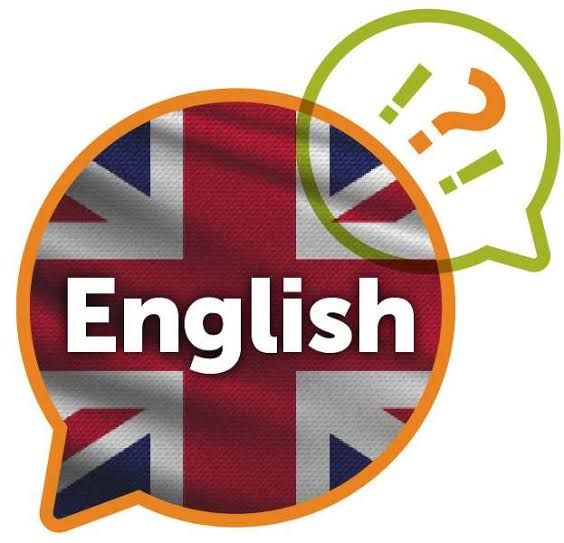
The World’s Most Popular Language English is the most spoken language in the world, with approximately 1.5 billion speakers. Being the de jure language of business, government, and culture in 67 sovereign nations and 27 non-sovereign institutions makes it an indispensable tool for international communication. A Universal Language The fields of diplomacy, commerce, science, and entertainment have all come to rely on English as their primary language. The UN, EU, and WTO are just a few of the international organizations that make heavy use of it. On a worldwide scale, English is also the language of choice for many tech enterprises and multinational corporations. More people who aren’t native speakers than people who are Curiously, most people who speak English around the world do not actually speak it as their native language. Instead, they study English as a second language in order to broaden their job prospects, attend schools around the world, or just converse better with those who speak a language other than their own.
2. Mandarin Chinese

The ranking of the most spoken languages in the world is heavily influenced by population size. China is home to more than 1.4 billion people, making it the most populated nation in the world. Mandarin Chinese, the language used officially, is the second most spoken language in the world. Since the 1930s, Mandarin has been the de jure language of China, bringing its many different areas together linguistically. More over 70% of the population speaks Mandarin, the prevalent language in China. Other regional dialects include Cantonese, Hunanese, Wu, and Min. As a result of official initiatives and media coverage, Mandarin has become the de jure language of commerce, government, and schools. The importance of Mandarin, both as a first language and a second language, is rising all over the globe, thanks to the expanding Chinese diaspora and China’s outsized influence on international affairs.
3. Hindi
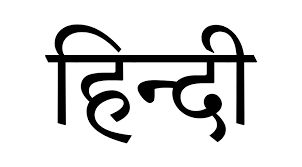 Hindi Above all else, the ranking of these languages is heavily influenced by population. In the world’s most populous nation, Hindi is spoken by the vast majority of the population. Of all the countries on this list, only India has 22 official languages. India does not have a single official language, but Hindi and English are both recognized as working languages within the country.
Hindi Above all else, the ranking of these languages is heavily influenced by population. In the world’s most populous nation, Hindi is spoken by the vast majority of the population. Of all the countries on this list, only India has 22 official languages. India does not have a single official language, but Hindi and English are both recognized as working languages within the country.
4. Spanish
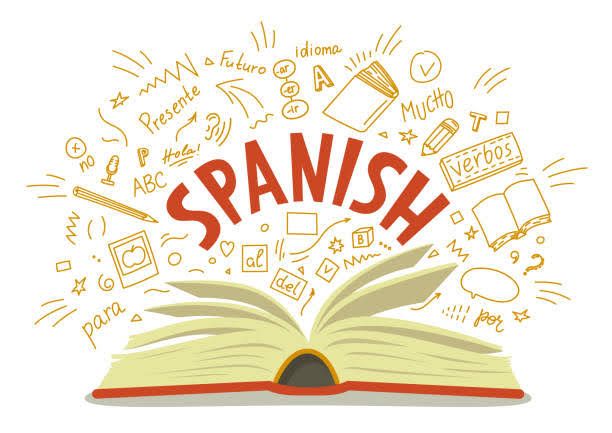 More than 500 million people around the world use Spanish as their native or secondary language, making it one of the most spoken languages globally. Twenty nations throughout the world recognize it as their official language; this includes many in Latin America and Spain, as well as the UN and other international organizations. A small number of Caribbean nations, the majority of Central and South American countries, and Mexico all have Spanish as their official language. Also, millions of Americans speak Spanish as their primary language, making it the most widely spoken language in the US.
More than 500 million people around the world use Spanish as their native or secondary language, making it one of the most spoken languages globally. Twenty nations throughout the world recognize it as their official language; this includes many in Latin America and Spain, as well as the UN and other international organizations. A small number of Caribbean nations, the majority of Central and South American countries, and Mexico all have Spanish as their official language. Also, millions of Americans speak Spanish as their primary language, making it the most widely spoken language in the US.
5. French
 With an estimated 309 million native speakers, French is the fifth most spoken language in the world. Across the Americas, Europe, and Africa, it is spoken as an official language in 29 different nations. Aside from France, other countries that recognize French as an official language include Belgium, Switzerland, Canada, Luxembourg, and a number of African nations like Senegal, the Democratic Republic of the Congo, and the Ivory Coast. Aside from these official roles, French is also spoken extensively in numerous nations where it is not the official language. Some areas that fall within this category include the islands of the Pacific, Southeast Asia, and the Caribbean.
With an estimated 309 million native speakers, French is the fifth most spoken language in the world. Across the Americas, Europe, and Africa, it is spoken as an official language in 29 different nations. Aside from France, other countries that recognize French as an official language include Belgium, Switzerland, Canada, Luxembourg, and a number of African nations like Senegal, the Democratic Republic of the Congo, and the Ivory Coast. Aside from these official roles, French is also spoken extensively in numerous nations where it is not the official language. Some areas that fall within this category include the islands of the Pacific, Southeast Asia, and the Caribbean.
6. Arabic (Standard)
 The official languages of 26 nations, mostly located in the MENA region, are Arabic and its Standard form, which is also called Modern Standard Arabic (MSA). Because of its association with the Quran, it finds widespread use in religious, governmental, educational, media, and literary spheres, especially in the Islamic world. On the other hand, native speakers of Arabic in these nations use a wide variety of regional dialects. These varieties of Arabic, sometimes called “vernacular” or “colloquial” Arabic, can vary substantially from one country or region to another. In terms of vocabulary, pronunciation, and grammar, for instance, Egyptian Arabic and Moroccan Arabic are very distinct from one another. When communicating across regions, speakers of different dialects may need to resort to Standard Arabic because of how different they sound.
The official languages of 26 nations, mostly located in the MENA region, are Arabic and its Standard form, which is also called Modern Standard Arabic (MSA). Because of its association with the Quran, it finds widespread use in religious, governmental, educational, media, and literary spheres, especially in the Islamic world. On the other hand, native speakers of Arabic in these nations use a wide variety of regional dialects. These varieties of Arabic, sometimes called “vernacular” or “colloquial” Arabic, can vary substantially from one country or region to another. In terms of vocabulary, pronunciation, and grammar, for instance, Egyptian Arabic and Moroccan Arabic are very distinct from one another. When communicating across regions, speakers of different dialects may need to resort to Standard Arabic because of how different they sound.
7. Bengali
More than 265 million people across the globe speak Bengali, which is also called Bangla. It is highly esteemed in many Indian states, such as Tripura, West Bengal, and Assam, and it is the official language of Bangladesh. As a result of the language’s large diaspora, Bengali-speaking populations flourish in places like the US, UK, Canada, and even some regions of the Middle East, outside of South Asia. The city of Berkeley The Bengali script is known for its abundant vowel system and is written from left to right. It is developed from the ancient Brahmi script. The nasalization of seven vowels in this system makes fourteen distinct vowel sounds. The musical aspect of the language is enhanced by its phonetic richness, which is particularly noticeable in its poetry and songs. The global promotion of Bengali art and literature has been greatly aided by notable people such as Rabindranath Tagore.
8. Russian
Russian is the seventh most spoken language in the world, with more than 154 million native speakers. Many people in the former Soviet republics speak it, and it is the official language of Russia. Not only does Russia have a sizable native Russian-speaking population, but the language also plays an important role in international diplomacy, scientific inquiry, and popular culture, particularly in the realms of cinema, music, and literature. The Cyrillic character has been modified to accommodate the distinct phonetic structure of the Russian language. The language is both difficult and rewarding to learn because of its intricate grammar, which includes a rich system of verb conjugations and cases. Additionally, Russian serves as a lingua franca across Eastern Europe and Central Asia, making it an essential language for worldwide business.
9. Portugal
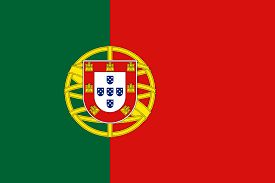 The Romance language of Portugal has a long and illustrious history and is now spoken all over the world. Brazil, the biggest Portuguese-speaking nation in the world, and a number of South American countries have made Portuguese their official language. Angola, Mozambique, Guinea-Bissau, Cape Verde, and São Tomé and Príncipe are among the African countries where Portuguese is spoken, while East Timor and Macau are located in Asia. Distinct from other Romance languages, this one has its own peculiar phonetics. Nasal vowel pronunciation is a defining characteristic that can drastically change word meanings. Portugal and Brazil, for example, speak very different varieties of Portuguese due to regional variations in accent and intonation. For instance, Portuguese spoken in Portugal is often more closed and clipped than in Brazil, where the language is more fluid and melodious. Luis de Camoes, who wrote Os Lusiadas, and more modern figures like Jose Saramago, who received the Nobel Prize in Literature, are part of Portuguese literature’s illustrious history. Historical colonization and the transatlantic slave trade has had a significant impact on the language, notably on African culture.
The Romance language of Portugal has a long and illustrious history and is now spoken all over the world. Brazil, the biggest Portuguese-speaking nation in the world, and a number of South American countries have made Portuguese their official language. Angola, Mozambique, Guinea-Bissau, Cape Verde, and São Tomé and Príncipe are among the African countries where Portuguese is spoken, while East Timor and Macau are located in Asia. Distinct from other Romance languages, this one has its own peculiar phonetics. Nasal vowel pronunciation is a defining characteristic that can drastically change word meanings. Portugal and Brazil, for example, speak very different varieties of Portuguese due to regional variations in accent and intonation. For instance, Portuguese spoken in Portugal is often more closed and clipped than in Brazil, where the language is more fluid and melodious. Luis de Camoes, who wrote Os Lusiadas, and more modern figures like Jose Saramago, who received the Nobel Prize in Literature, are part of Portuguese literature’s illustrious history. Historical colonization and the transatlantic slave trade has had a significant impact on the language, notably on African culture.
10. Urdu
 Urdu is primarily spoken in South Asia and is an Indo-Aryan language. It bridges the gap in understanding between speakers of different languages and is hence the de jure national language and lingua franca of Pakistan. A number of Indian states, including Delhi, Uttar Pradesh, Bihar, and Telangana, have made Urdu one of their official languages, and the language is also widely spoken across the nation. Background and Progress Persian, Arabic, Turkish, and local Prakrit languages were influenced by the Delhi Sultanate (1206–1526) and the Mughal Empire (1526–1857), leading to the development of Urdu. Originating in what is now Pakistan and India, it spread across the northern parts of the Indian subcontinent. Urdu, a Turkish word meaning “camp” or “army,” was officially recognized as the language’s origin. The original name, “Rekhta” (meaning “scattered” or “mixed”), was a nod to the fact that the language evolved in military camps where individuals from diverse linguistic origins mingled.
Urdu is primarily spoken in South Asia and is an Indo-Aryan language. It bridges the gap in understanding between speakers of different languages and is hence the de jure national language and lingua franca of Pakistan. A number of Indian states, including Delhi, Uttar Pradesh, Bihar, and Telangana, have made Urdu one of their official languages, and the language is also widely spoken across the nation. Background and Progress Persian, Arabic, Turkish, and local Prakrit languages were influenced by the Delhi Sultanate (1206–1526) and the Mughal Empire (1526–1857), leading to the development of Urdu. Originating in what is now Pakistan and India, it spread across the northern parts of the Indian subcontinent. Urdu, a Turkish word meaning “camp” or “army,” was officially recognized as the language’s origin. The original name, “Rekhta” (meaning “scattered” or “mixed”), was a nod to the fact that the language evolved in military camps where individuals from diverse linguistic origins mingled.

